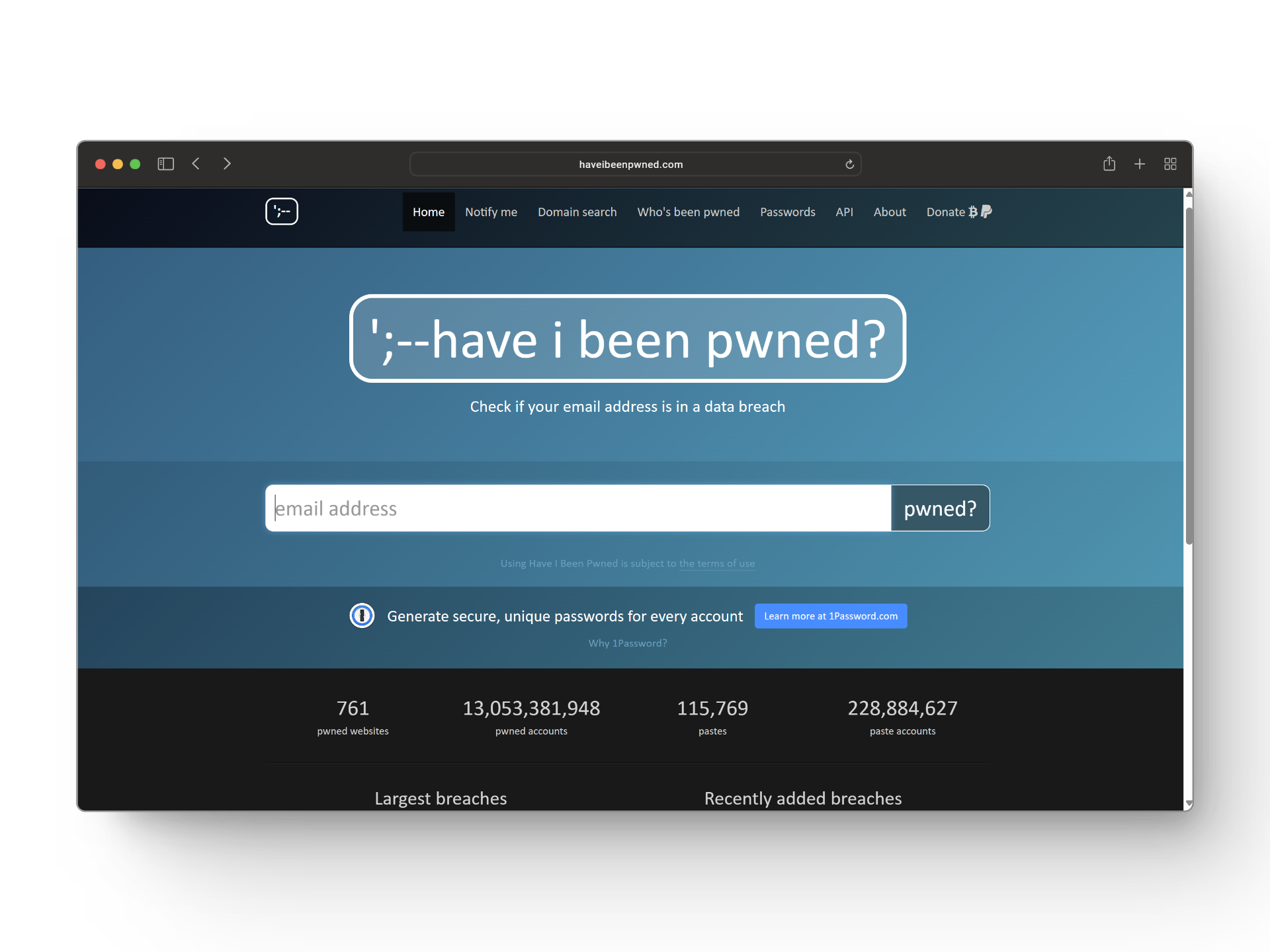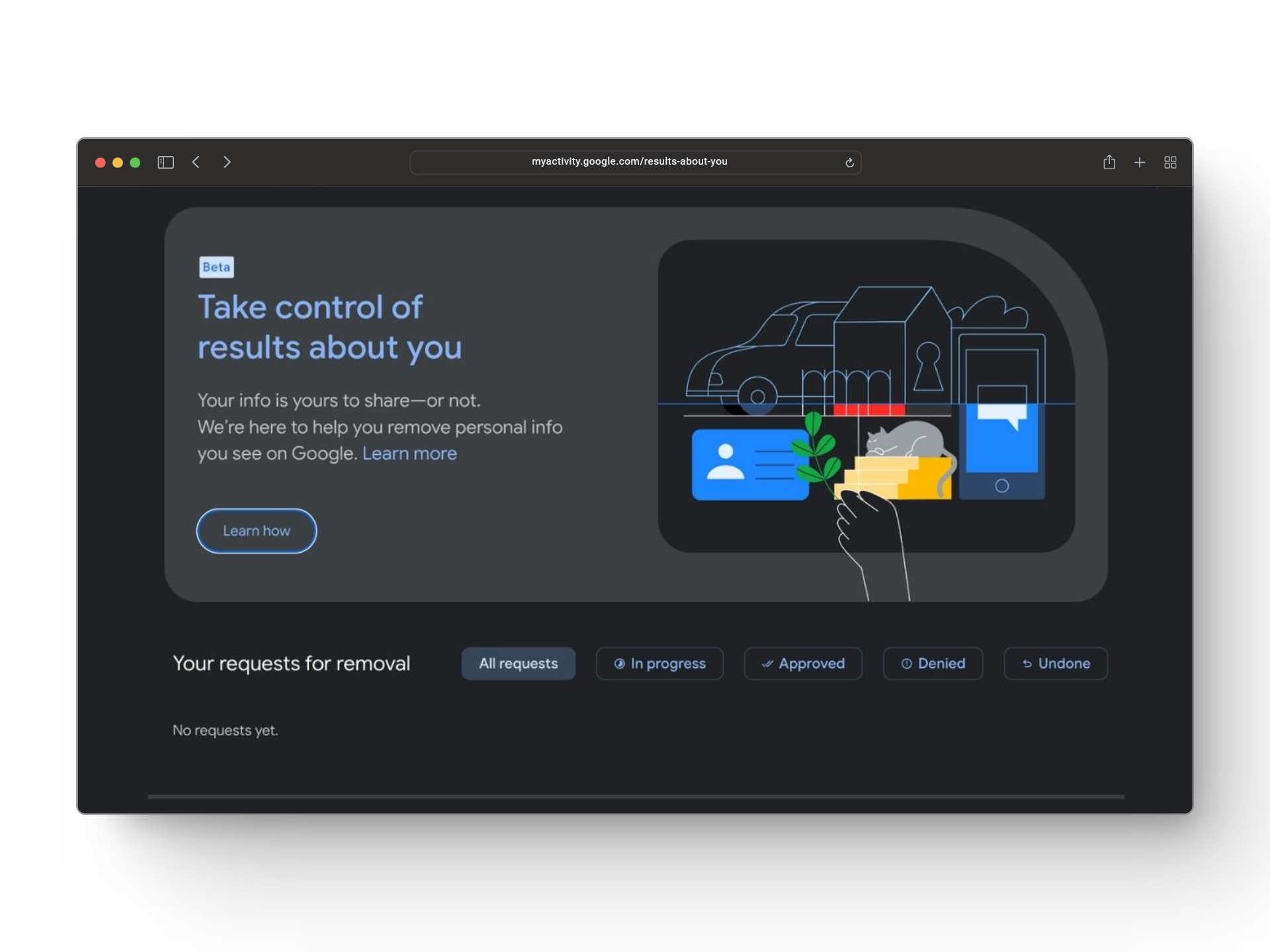How to Check Your Digital Footprint in 2024: The Easiest Way
- Your digital footprint is extensive and includes all online activities, making it visible to organizations, which can lead to tracking, identity theft, and potential employer judgments.
- To manage your digital footprint, you can use tools like DigitalFootprintCheck and HaveIBeenPwned, or manually check through methods like Google searches and people search sites.
- Maintaining your digital footprint involves minimizing oversharing, using strong passwords, enabling two-factor authentication, and requesting the removal of personal information from sites when necessary.
In the digital world, where everything is just a tap away, your activity is also under someone’s watchful eye. From your likes and comments to your search history and purchase records, everything can be and often is watched by Big Brother. Your electronic shadow, or as many would call it, digital footprint, is everywhere and is larger than you may realize.
What’s worse is that it is accessible, and the rights to your data are not always clear. This not only leaves you vulnerable to tracking without consent but also to identity theft and fraud. Not to mention, it could leave a negative impression on potential employers. Not a good start to your career, innit?
Table of Contents:

What is a Digital Footprint?
Using the internet means leaving behind a trail of information that others may catch up on. This is essentially a mark you create through online activities like social media uploads, posted reviews, newsletter subscriptions, filled forums/surveys, online purchases, and more. These virtual traces scatter across, recording your cyber identity.
It’s not always obvious, though, that you are contributing to this digital shadow. These passive footprints, albeit they find their way into the digital world indirectly, serve as authentic records.
Typically, this occurs through websites that track your activity, collecting your IP address and location information via log files and browser cookies. Several apps also collate data without sending alerts, using algorithms that suggest ads and content based on your engagements.
Other times, you may actively share information by posting life updates, sending out emails, making subscriptions, uploading documents, or filling out surveys and online forums.
Worse still, once these organizations have access to your information, it’s theirs to sell or share with third parties as they please.

READ MORE: How to Protect & Hide Your Browser Fingerprint in 2024 ➜
How to Check Your Digital Footprint
Once your information becomes public on the internet, you have little to zero control over it. However, it can also be leveraged to your advantage if you share impressive publications, positive posts, insightful blogs, etc. In a sense, your digital footprint shapes your digital reputation, which has become increasingly important, especially in your professional life.
Therefore, it’s crucial to monitor and manage your online footprint to mitigate the risk of unwanted consequences and information exploitation by cybercriminals. There are several ways to do this.
One method is conducting a simple Google search and reviewing any public data on your social media profiles. Another option involves utilizing online tools and software that not only provide up-to-date information but also maintain archives of deleted or removed data. Additionally, numerous websites are dedicated to containing publicly available personal data.

If you prefer your information to be removed, you can contact the respective sites with this request or opt for dedicated services which will automate the task for you. However, it’s worth noting that these services often entail a payment or subscription fee.
READ MORE: Auto History Wipe: How to Auto-Delete Your Browsing History ➜
Best Digital Footprint Checker
Since the concept of privacy is practically dead, it’s time you take matters into your own hands. Regularly checking your digital footprint enables you to stay informed about your personal information circulating on the web.
1. DigitalFootprintCheck
This platform offers a smart solution to thoroughly investigate your online presence across various social media sites, online databases, forums, and more. It has a user-friendly interface designed to provide an in-depth online presence report. Users can gain insight into their sensitive information that could be out there for the world to see.

↪ Features:
- Continuously checks sources and databases on the internet and dark web for signs of sensitive data theft.
- Traces email addresses‘ connectivity for potential activities across platforms not otherwise visible.
- Scrutinizes public records for a holistic trace against identity verification, background checks, credibility assessment, etc.
- Scans search engine results and web history for continuous alerts on new mentions.
- Provides in-depth insights into social media activity and engagement levels.
- Offers screening to provide a background check to employers, including criminal record, employment and credit history, education, etc., on potential candidates.
- Provides customized recommendations to improve search result presence.
2. HaveIBeenPwned
Run by cybersecurity experts, HaveIBeenPwned is a useful resource to determine your involvement in data breaches. While some checker tools help you figure out what information is floating around the internet, this specifically highlights the information against your email address or username that has been compromised and is now being used nefariously.

↪ Features:
- Displays data breaches associated with the email address or username inputted, along with the details of compromised data.
- Identifies weak or compromised passwords that have been previously exposed in data breaches.
- Provides timely alerts on future data breaches via email.
- Allows users to opt-out of others searching or seeing your data by removing your information from the system altogether.
READ MORE: How to Detect Hidden Camera with a Mobile Phone ➜
Bonus: Checking Digital Footprint Manually
Automation tools have not always been in the picture. So how did people before these check their digital footprint? There are a few methods you can manually use to look for your involvement across different sites and platforms that are unknown to you, if you don’t want to rely on online checker tools. Don’t worry, manual doesn’t always mean tiresome, you know.
- Google yourself: We’ve all Googled ourselves at some point, but a more in-depth search can help determine the sensitivity of your information available online.
Specify your query by using quotation marks and special characters. Use formats like: “[first name][last name]’[job title]”, “[first name][last name]’[city]”, “[first name][last name]@”, “intext:[first name][last name]”, to refine your search results.
In certain regions of the world, Google offers its dedicated service known as Google Results About You, through which you can determine if your personal contact information shows up in search results and even request its removal from the internet.

- Use people search sites: Numerous websites compile personal information from public records, including details such as age, family tree, past locations, criminal and death records, and more. Some popular choices include BeenVerified, PeopleFinders, Instant Checkmate, etc. Regularly checking these sites is a smart move to assess how much of your personal data is available to the public.
- Twitter search: Twitter is a place where everyone and anyone can share their thoughts and pieces of information, even if it’s not authentic. So, doing a quick search on search.twitter.com related to your name, company name, business, etc. wouldn’t hurt at all. Use hashtags (#) for products or anything you fancy to specify your search.
READ MORE: How to Tell If Your Phone is Tapped – Guide to Stay Safe in 2024 ➜
Final Thoughts
Minimizing your digital footprint is a great start to managing your online reputation. Avoid oversharing on social media, limit publicly shared data, delete old and unused accounts, create strong passwords, and enable two-factor authentication wherever possible.
If you find a site that has your personal information, such as real estate websites, online directories, etc., and you’re not comfortable with it, contact the websites and request the removal of your information. Keep in mind, a digital footprint isn’t necessarily bad if not neglected. It’s only a matter of managing and maintaining your online presence to open doors to opportunities.
Digital Footprint Checker
No, checking digital footprints is not illegal. Many organizations conduct checking of an individual’s digital footprint before hiring them to ensure their behaviors and activities are not linked to any wrongdoing. As all the data is publicly available, a simple search usually serves the purpose in a legal way.
Every piece of information and every online activity leaves a lasting digital footprint, making it permanent. So, once data is accessible on the internet, it can be retrieved and tracked, existing in the digital world indefinitely.
Yes, a digital footprint comprises all data and actions shared online. Removing something from one’s end doesn’t guarantee its deletion from the internet, as various copies of data exist for several purposes. Therefore, even deleted content can contribute to one’s digital footprint.
 Reviewed by
Reviewed by 




